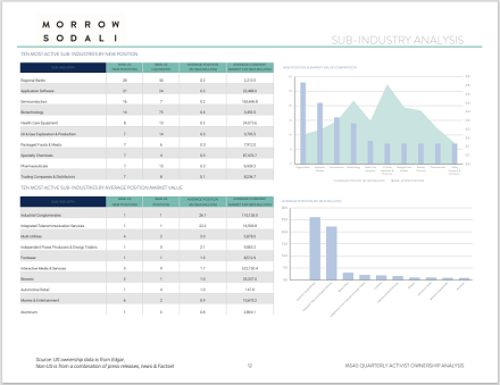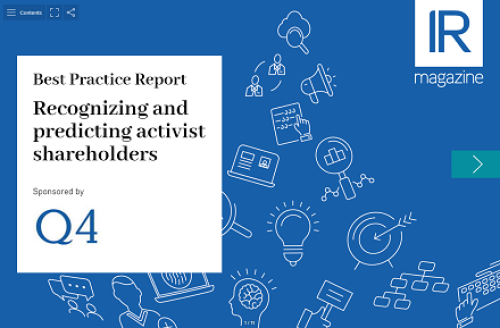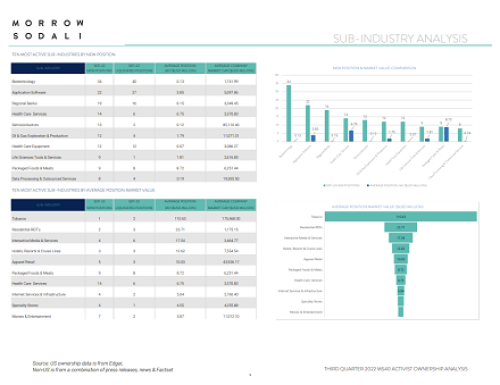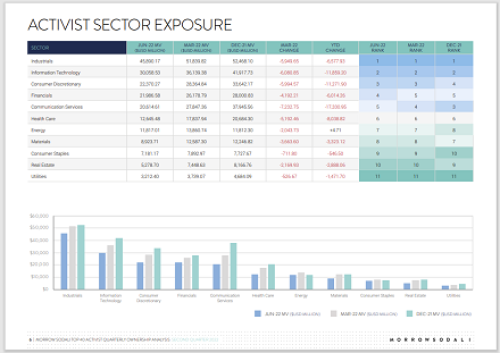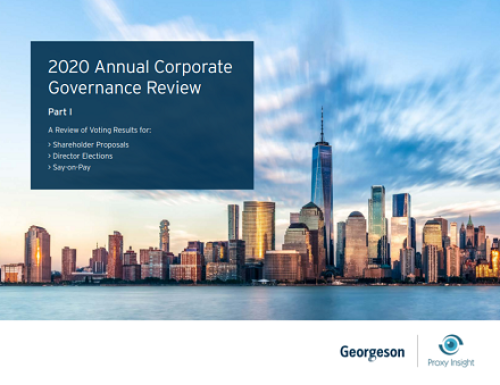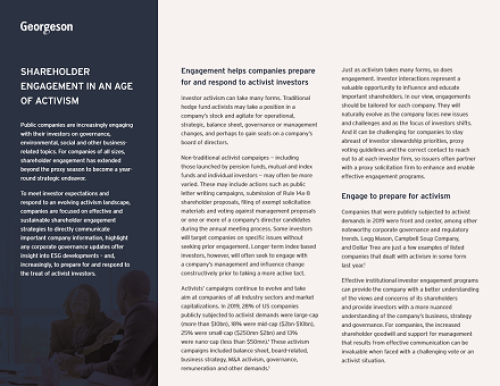Is boardroom diversity the key to unlocking shareholder value?
Is it possible to rapidly increase shareholder value and promote diverse boards at the same time? Is a homogeneous board an indicator of an underperforming company?
At the recent Skytop Strategies Shareholder Activism event, board composition, diversity and its link to company performance was a focus. While stagnant or cozy board environments can lead to underperformance, activists disagree about how to solve the problem.
‘It’s our belief that improving the diversity of underperforming companies is a necessary first step to help facilitate improving shareholder value,’ said one activist, who listed improved oversight, less groupthink, less loyalty to a CEO and new skills and insights as positive benefits from a diverse board.
But some activists in the room expressed concerns about the talent pool for diverse board directors, cautioning against ‘diversity for diversity’s sake’.
One attendee suggested that diversity often falls down the list of priorities when activists are looking to affect the value of a company in a short time period. In those instances, funds may turn to established board members with a track record of business transformation.
Institutional investors that take a longer-term approach may be more willing to expand their search for a new board member and invest additional time to ensure a less experienced board member is sufficiently onboarded.
‘You will make a better board by assessing where your board is currently, looking at where your strengths and weaknesses lie and making a decision based on that,’ says Michelle Greenberg-Kobrin, clinical professor of law and director of the leadership program at the Heyman Center on Corporate Governance, Cardozo School of Law, speaking exclusively to IR Magazine.
‘Thinking about the biggest-name candidate without thinking about the qualities he or she can bring seems to be short-sighted in terms of both corporate governance and shareholder value.’
Recent data compiled by Bloomberg shows that the largest five US activist funds have sought at least 174 board positions and landed 108 since 2011. Only seven of those nominees are female.
Paul DiNicola, managing director at PwC’s Governance Insights Center, says investors and chairs need to broaden their search beyond existing board members and sitting CEOs. ‘In the S&P 500 there are individuals one and two levels below the chief executive who have experience of running very large businesses,’ DiNicola says, speaking exclusively to IR Magazine.
PwC’s recent corporate directors survey reveals that 35 percent of board members think at least one of their peers should be replaced – citing lack of knowledge or expertise and ageing demographics as the top reasons for ineffectiveness.
While self-assessments are a tool to identify underperformance, more than half (51 percent) of corporate directors say their boards didn’t make any changes as a result of their last self-assessment.
DiNicola also calls for proxy statements to do a better job of depicting the breadth of a board’s experience, background and skill-set. ‘Disclosures can be improved,’ he says. ‘In the same way that a board of white men of a certain age demographic poses challenges, so does a diverse board in which every member went to the same business school.’


